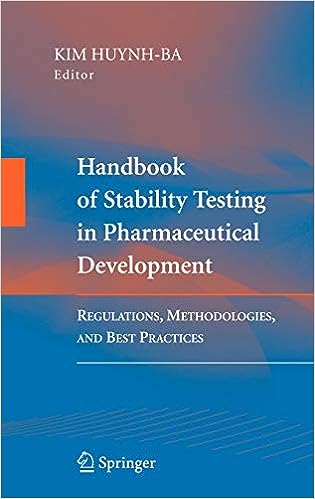ICH Q1B – Guideline Summary
ICH Q1B is a crucial regulatory guideline that focuses on the photostability testing of new drug substances and products. It addresses the potential effects of light exposure on pharmaceutical products, aiming to ensure their stability, safety, and efficacy throughout their shelf-life. Photostability testing is essential as light, particularly ultraviolet (UV) and visible light, can induce chemical reactions that lead to product degradation, potentially compromising its quality and therapeutic efficacy.
Key Objectives:
The primary objective of ICH Q1B is to provide standardized procedures and recommendations for assessing the photostability of pharmaceutical products. The guideline outlines the need to generate
Testing Conditions:
ICH Q1B emphasizes
the importance of replicating real-world conditions in photostability testing. This includes exposing samples to both visible and UV light, as different drug substances may exhibit sensitivity to specific light wavelengths. The guideline stresses the necessity of worst-case scenario testing, including direct sunlight exposure. Controlled testing chambers equipped with appropriate light sources are used to simulate these conditions accurately.Testing Samples:
Photostability testing requires testing multiple samples from different stages of product development, including early stages and final packaging. This ensures a comprehensive assessment of the product’s susceptibility to light-induced degradation. Control samples, shielded from light exposure, are used as references to identify changes specifically attributed to light exposure.
Testing Duration:
The guideline recommends testing durations that align with the intended shelf-life of the product. This ensures that the effects of light exposure over time are accurately captured. Accelerated testing, involving higher light intensities for shorter durations, can also be performed to predict long-term effects of light-induced degradation.
Evaluation of Results:
Following exposure, samples undergo thorough analysis to evaluate changes in attributes such as appearance, potency, and impurity profiles. Stability-indicating methods, which accurately detect changes, are employed to assess the impact of light exposure. Any observed degradation is compared against established acceptance criteria to determine its effect on product quality and efficacy.
Labeling Considerations:
The photostability data obtained from testing can significantly impact product labeling. ICH Q1B provides guidance on including appropriate light exposure statements on product labels. These statements inform consumers and healthcare professionals about the product’s sensitivity to light, guiding proper storage and handling practices to preserve product quality and therapeutic effectiveness.
Global Applicability:
One of the strengths of ICH Q1B is its global recognition and acceptance. Regulatory agencies worldwide acknowledge and implement the guideline’s recommendations, ensuring consistent photostability testing standards across regions. This harmonization promotes uniform quality assessment of pharmaceutical products on an international scale.
Benefits:
Compliance with ICH Q1B offers several benefits to pharmaceutical manufacturers and regulatory bodies. Manufacturers can identify potential risks associated with light exposure and implement necessary measures to ensure product stability. Reliable photostability data aids in regulatory submissions, providing credible evidence of product quality and safety claims. Ultimately, adhering to the guideline contributes to the production of pharmaceuticals that maintain their efficacy and safety under real-world conditions.
Conclusion:
ICH Q1B plays a pivotal role in maintaining pharmaceutical product stability and quality by addressing the effects of light-induced degradation. By following its standardized procedures and recommendations, manufacturers can confidently produce medications that remain effective and safe throughout their shelf-life. This adherence to regulatory standards ensures the delivery of high-quality pharmaceuticals that meet international quality benchmarks and regulatory requirements.
